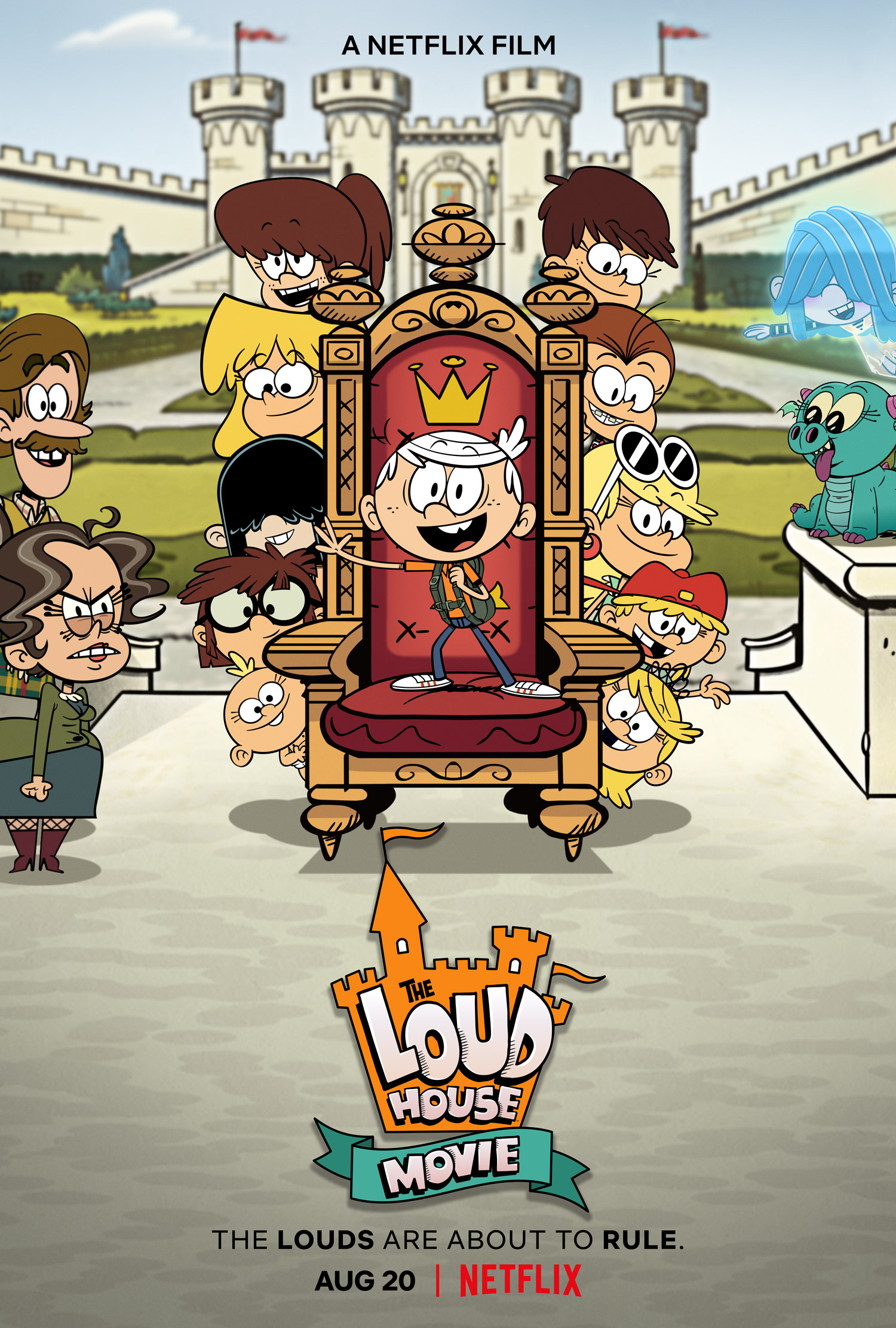

However, this film comes close to portraying Hank Paulson, Secretary of the Treasury at the time of the meltdown, as a heroic figure. It is a good partner to THE WARNING (2009, see my review) in the same series.
INDIAN ACTION MOVIE GIANT TARP SERIES
This is another in the excellent series of PBS documentaries in the Frontline strand, dealing with the financial crisis of 2008. Otherwise, if you want substantive information about the "meltdown", or if you would like a factual presentation from a more critical point of view, you will need to look elsewhere. He lends credibility to whatever he is narrating, regardless of the program script. About the best that I can say for this program is that narrator Will Lyman has a terrific voice. Or to put it more bluntly, "Inside The Meltdown" is insider propaganda meant to quell populist anger. But can we? I have no confidence in this documentary because it merely regurgitates bland, politically correct explanations to foster an "all is well" mentality. The premise inherent in this Frontline documentary is that we can trust these insider experts. No critique of these insiders' views or counter argument is given. All of those interviewed, without exception, are institutional "insiders" who, it could be argued, have a vested interest in whitewashing the whole sorry episode. There's not a word about how the bailout money was spent. No discussion is given to matters related to "fraud" or "corruption". Almost nothing is mentioned in the program about Paulson's connection to Lehman Brothers' rival Goldman Sachs. And thank goodness we had great leaders like Paulson and Bernanke to see us through this meltdown. Frontline's analysis conveys the impression that these kinds of financial crises occur from time to time. But much worse is the slant of Frontline's overall presentation. One could get comparable information simply by reading news headlines.

While Frontline's overall description of events is factual, its analysis is shallow and superficial. Throughout the one-hour documentary, two men are highlighted as having played critical roles in this financial crisis: Treasury Secretary Henry Paulson, and Fed. Interviewees include: Barney Frank, Chairman of the House Financial Services Committee, David Faber, anchor of CNBC, several executives associated with Bear Stearns and Lehman Brothers, financial writers for the N.Y.

Government, Wall Street, and media insiders give their views on what happened. The solvency of even bigger institutions is also examined, including Fannie May, Freddie Mac, Lehman Brothers, and AIG. Beginning with the collapse of Bear Stearns, "Inside The Meltdown" (2009) describes financial events that gripped Wall Street and the U.S.


 0 kommentar(er)
0 kommentar(er)
